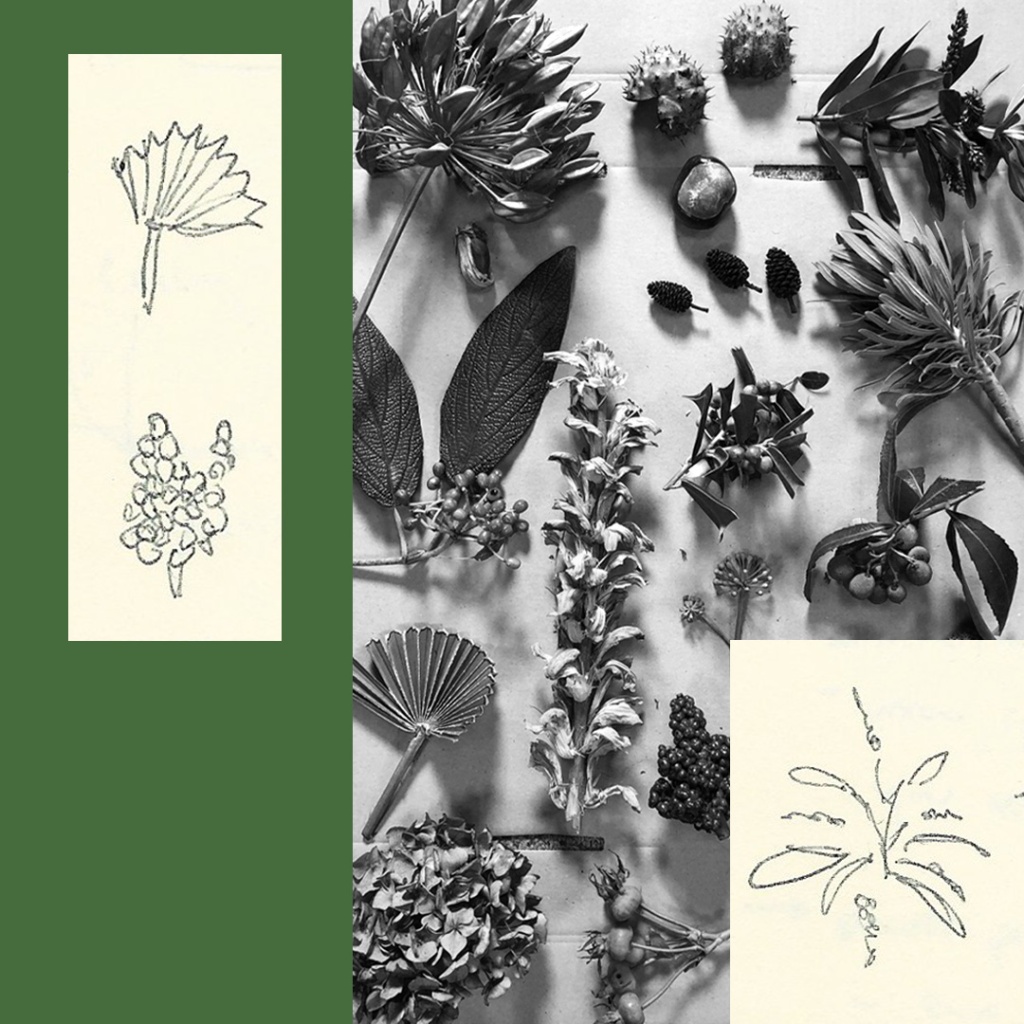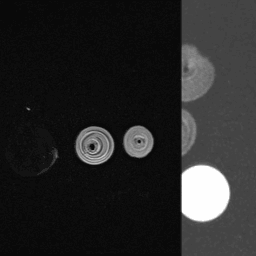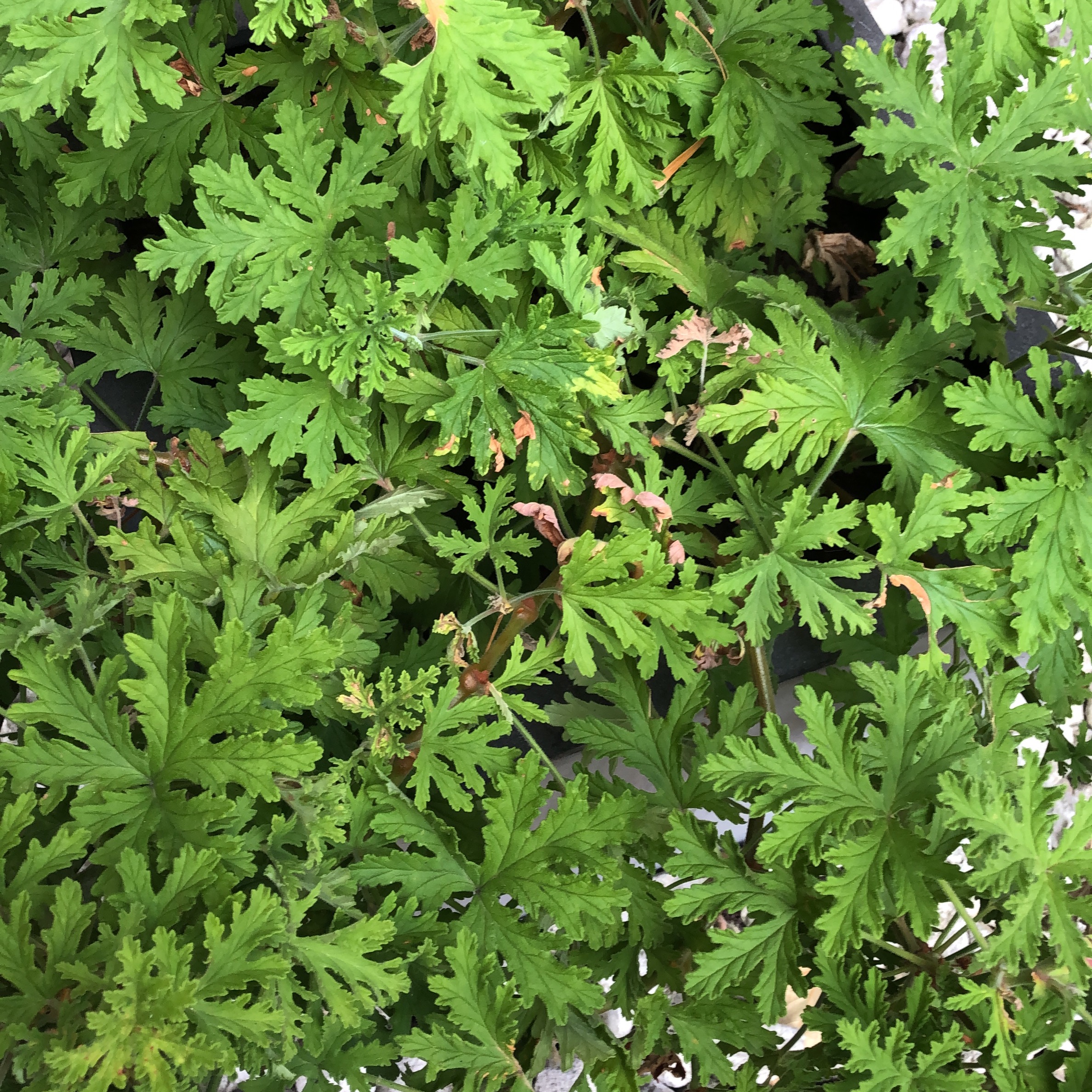
Sketchbook_
Thumbnail sketches and samples of plant life collected around the hospital campus – berries, buds, seedpods etc. for use in the scanners.
After the initial MRi scanning and consultation with radiographers I aimed to find denser items which would be more likely to be detected in the scanners.








